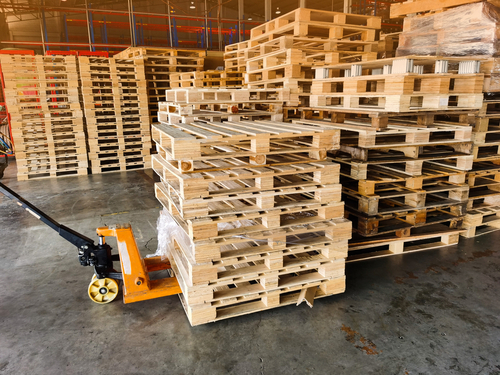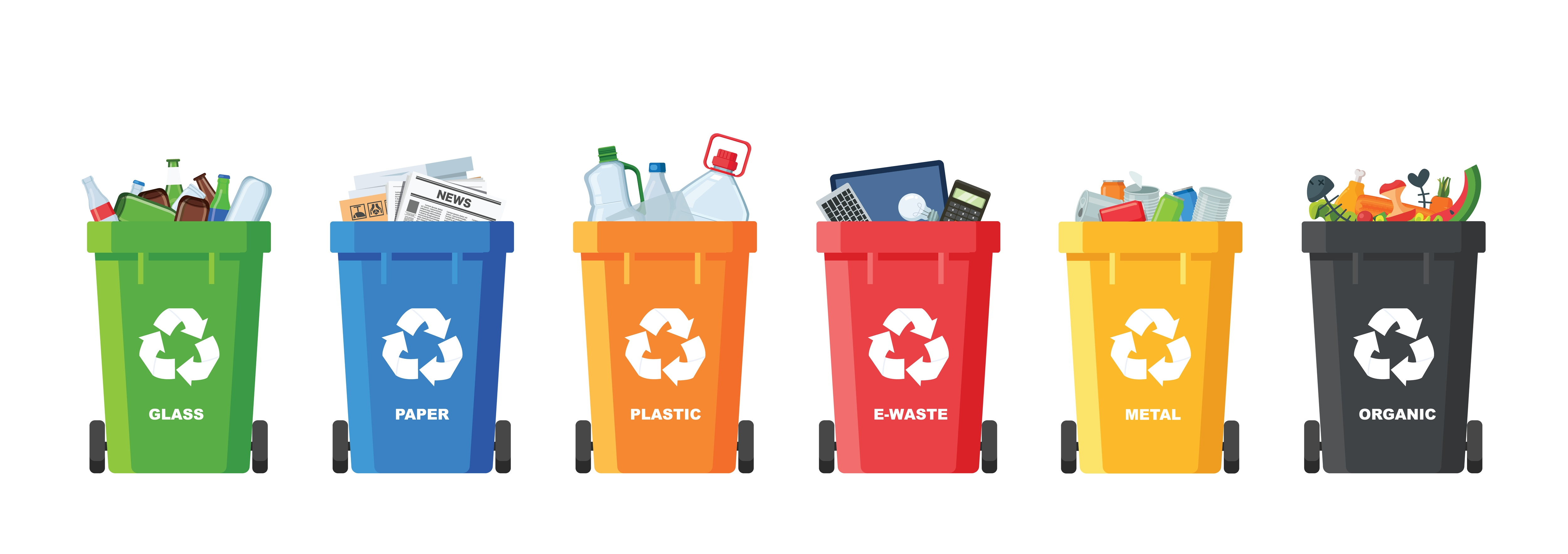Quick wins checklist
Download and use this checklist to help implement quick wins that will help in reducing waste and enhancing efficient waste disposal methods.
You can edit the checklist to tailor it to your business requirements.Download and use this checklist to help implement quick wins that will help in reducing waste and enhancing efficient waste disposal methods.
You can edit the checklist to tailor it to your business requirements.This hierarchy ranks actions based on their cost implications
and environmental impact and is as follows:
The waste reduction opportunities presented in the following sections will focus on prevention, reuse and recycling.
The waste hierarchy is a guiding framework for waste management strategies, emphasizing the importance of moving up the hierarchy to more sustainable options whenever possible to minimize the cost and environmental impacts of waste generation and disposal.
Accurate inventory management plays a pivotal role in waste minimization. Here's how businesses can achieve it:
To reduce waste from packaging materials, businesses can establish return schemes, engaging with supply chains to identify reusable packaging options.
Some examples of packaging reuse are:

Efficiently managing your organization's equipment can significantly reduce waste and save resources. Here are steps to help you achieve this:

Maximizing recycling efforts ensures that waste materials are diverted from landfills. In many countries, it is more expensive to send materials to landfill than to recycle, so recycling can save you money as well as having a more positive impact on the environment. Here are steps to enhance recycling:

Download this action plan to track your progress against waste reduction objectives.